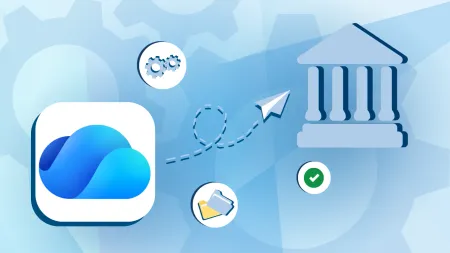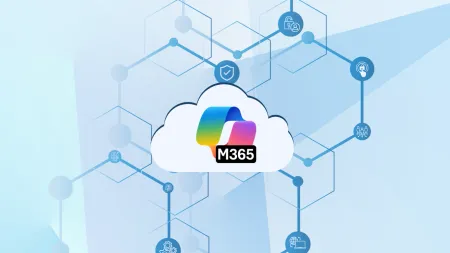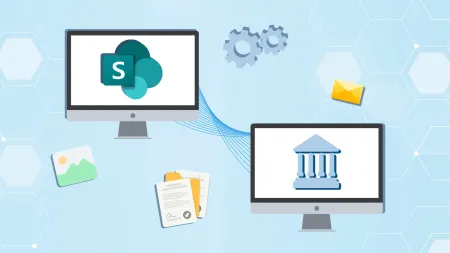Are You Choosing the Right Type of Cloud Implementation?
Cloud computing is on nearly every companys mind Reduced infrastructure costs and the ability toconnect critical business systems make this technol...

Cloud computing is on nearly every company’s mind. Reduced infrastructure costs and the ability to connect critical business systems make this technology an attractive choice — and may tempt you away from on-premises infrastructure. But not all cloud implementations are created equal. Simply migrating to the cloud won’t instantly unlock the capabilities you might expect. Before investing in a cloud implementation, you should know what to look for.
Types of Cloud Implementation
The phrase “cloud implementation” refers to the ways you can incorporate this technology into your business operations. Each company has its own preferences for its cloud strategy, and the first step is understanding the difference between the two primary implementation categories.
Basic Cloud Implementation
Basic cloud implementation involves migrating your file servers and applications to the cloud. You can use cloud-based storage to handle document management and a service such as Azure or Amazon Web Services to handle your applications. Parts of your infrastructure heavily rely on the cloud, but they aren’t tied tightly together.
Holistic Cloud Implementation
A holistic implementation takes a step beyond basic by pulling everything into the cloud. Everything from your file storage to your critical systems integrates together, and cloud technology provides more accurate data visualization and facilitates smarter decision-making.
The Benefits of a Holistic Cloud Implementation Approach
A simple system migration to the cloud is not the same as a complete cloud implementation. A holistic approach focuses on getting all the parts of your infrastructure to work together to create a more efficient whole. When you share data with every relevant system, you gain the following benefits:
- Reduced duplicate data
- Storage cost savings
- Data insights for better decision-making
How to Complete a Holistic Cloud Implementation
A holistic cloud implementation is an extensive process to complete. The first step is to evaluate your infrastructure for its cloud-readiness. Are your applications coded for cloud-based usage? Are they already set up for integration? Older systems can require a lot of work to get cloud-ready.
You need to research and choose the right vendors to support your business needs. Everything from your budget to their equipment capabilities must be evaluated before you begin the implementation. The plan for moving your operations from on-premises systems into a fully integrated cloud must be handled with care. If you switch too quickly or fail to set up data access correctly, you could end up with hours or days of downtime. A lack of in-house expertise is often the culprit for failed holistic cloud implementations.
Partnering With Cloud Computing Experts
You probably don’t have a bunch of spare cloud computing experts around, especially if this is your first implementation process. Trying to hire an in-house team while you’re in the middle of the process is a recipe for disaster, even if you ignore the scarcity of candidates available with this skill set.
A partnership with an expert cloud computing service fixes all of these problems. They have the experience and knowledge required to handle your cloud computing strategy and execute a holistic cloud implementation. They learn the ins and outs of how your company operates and design a custom cloud implementation plan that equips the entire organization with reliable insights.
You don’t have to stretch your in-house IT resources to the limit and deal with the aftermath of a failed cloud project. Leverage the expertise of a quality cloud computing strategy expert to get the results you want from your infrastructure. Learn more about Agile IT’s cloud implementation services, or if you have any questions, contact us today.





